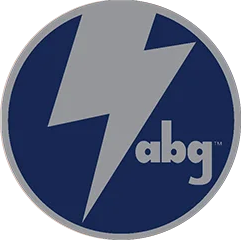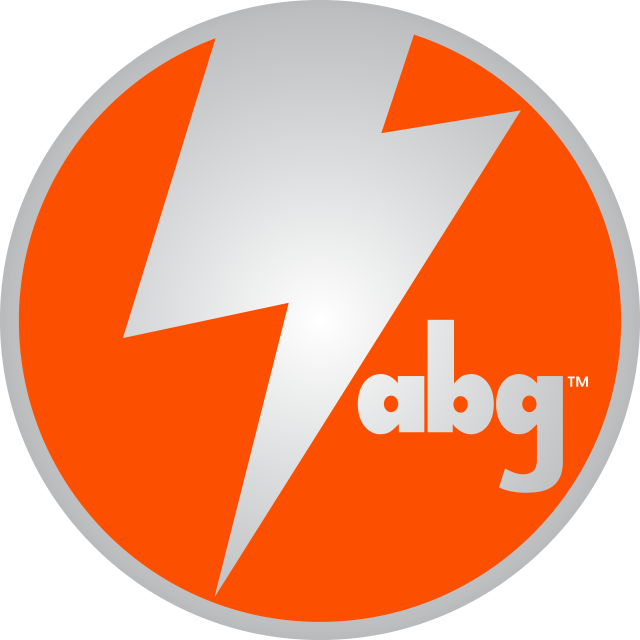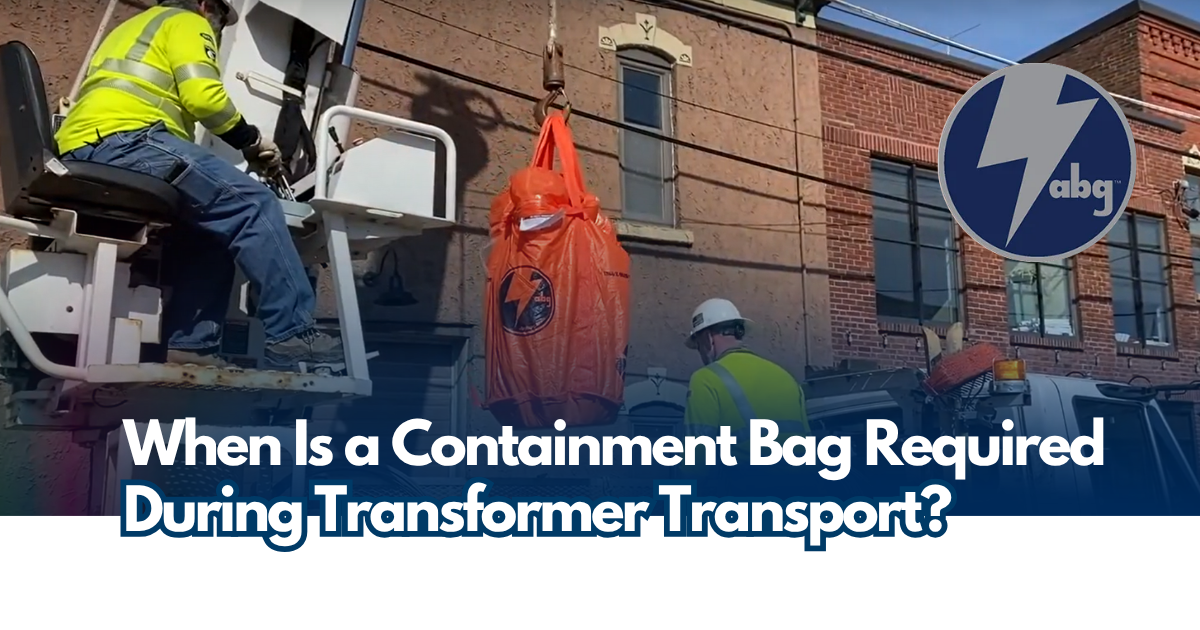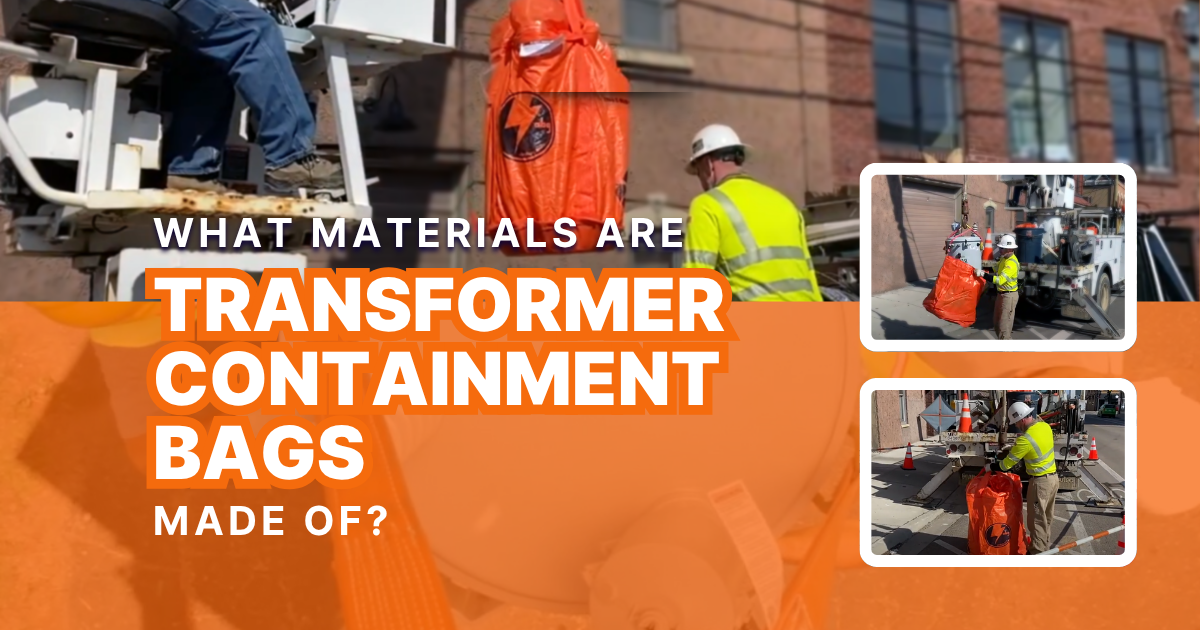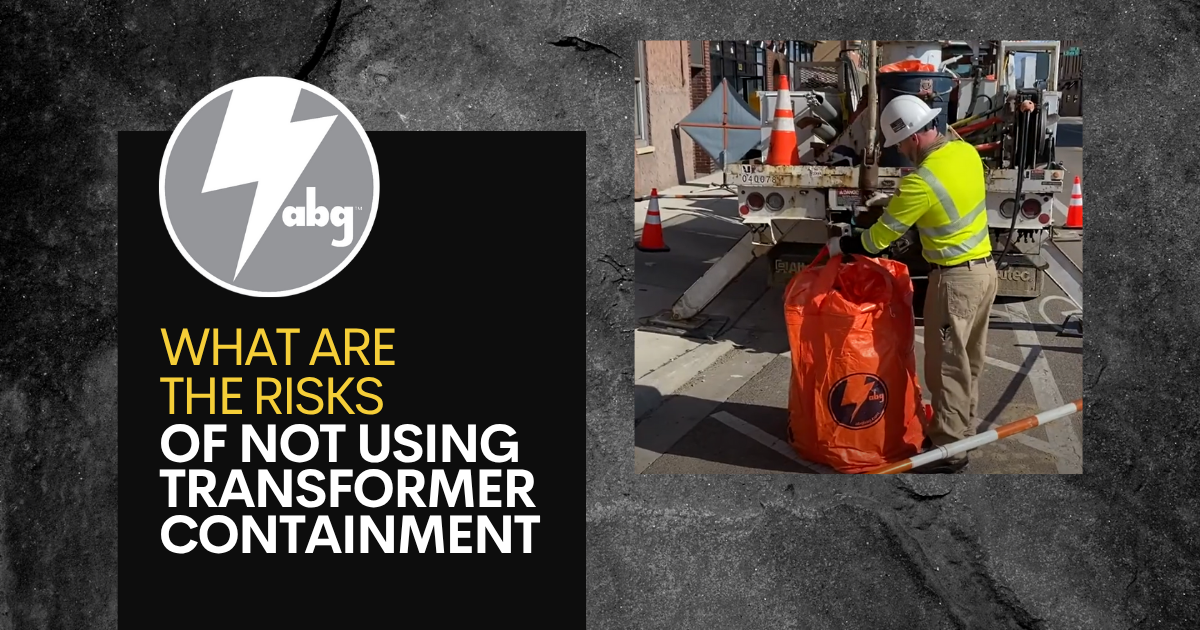
What Are the Risks of Not Using Transformer Containment?
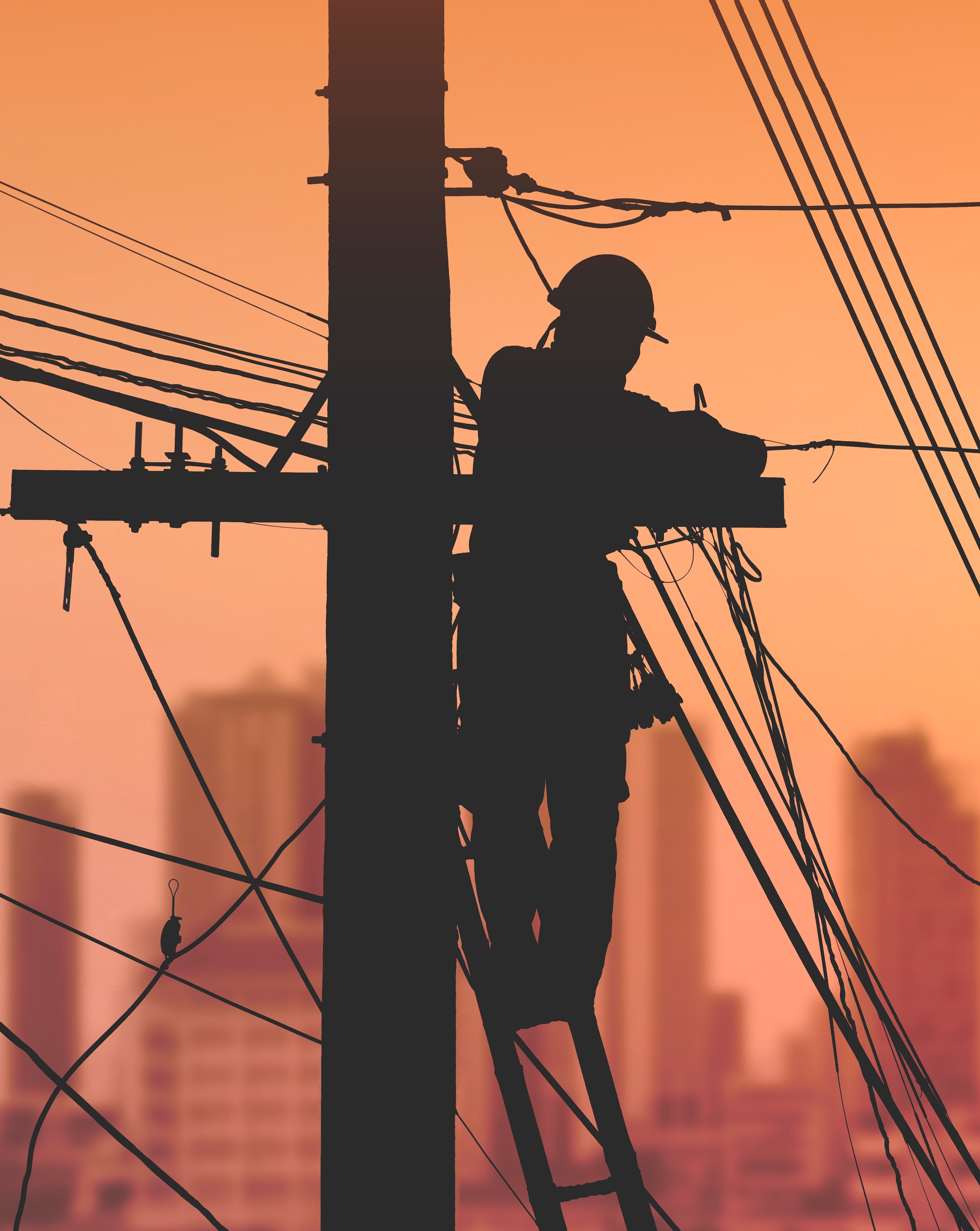
When it comes to transporting or handling transformers, containment is not a luxury—it’s a necessity. Failing to use proper transformer containment measures can lead to a series of risks ranging from environmental contamination to legal liabilities and financial loss. Whether you’re managing a fleet of utility trucks, maintaining infrastructure in the field, or coordinating a transformer replacement project, overlooking containment can have serious consequences.
In this blog, we’ll explore what happens when Transformer Containment Bags are not used, the specific risks they help mitigate, and why these bags are critical for modern transformer transport and maintenance operations.
Why Transformer Containment Matters
Transformers—particularly those used in overhead utility applications—often contain mineral oils or legacy fluids like PCBs (polychlorinated biphenyls). These substances are hazardous and environmentally persistent, meaning they do not break down easily in soil or water. Without containment bags, a simple oil leak can result in costly remediation, regulatory action, and damage to your company’s reputation.
Transformer containment is not just about the equipment—it’s about public safety, environmental health, and operational responsibility.
One of the most immediate dangers of not using transformer containment bags is the risk of soil or water contamination. Leaking oil from a transformer—even in small amounts—can pollute ecosystems, affect local wildlife, and seep into groundwater.
When equipment is transported from a field site or removed from a utility pole, it may contain residual oil or sludge that could escape during handling. Utility pole containment bags and pole mount transformer containment bags are designed to prevent this kind of leak by capturing and isolating fluids until they can be properly disposed of.
Federal and state regulations require the safe handling and transport of materials classified as hazardous. For example, the U.S. Department of Transportation (DOT) mandates specific containment procedures for substances that may pose a risk in transit. When moving transformers that still contain oil or possible PCB contaminants, using DOT approved containment bags is often necessary to stay in compliance.
Failing to comply with these rules can result in hefty fines, vehicle impoundments, and investigations by environmental agencies. Worse yet, non-compliance may trigger a complete halt in operations while the issue is resolved.
A transformer spill incident that could have been prevented with proper transformer spill containment can become a legal and financial nightmare. Cleanups for contaminated soil or stormwater runoff are expensive and labor-intensive. In the case of a PCB spill, the process is even more stringent, involving certified removal teams and long-term site monitoring.
Add in potential lawsuits from affected landowners or residents, and the cost of a spill can far outweigh the investment in proper containment bags.
Utility companies, municipal agencies, and contractors are all held to high standards by the public. A visible oil spill or environmental infraction not only attracts negative press—it erodes public trust. Whether it's a news article about a transformer failure or a social media post showing oil on a roadway, poor containment practices can harm your reputation for years.
Using transformer containment bags communicates that your team takes safety and environmental responsibility seriously.
Leakage during transformer transport doesn’t just affect the environment—it can also damage your equipment and vehicles. Oil leaking into flatbeds, storage yards, or service trucks can corrode materials and compromise future equipment use.
Containment solutions like the transformer oil containment bag help prevent these issues by keeping fluids contained and separate from transport surfaces.
Many waste management facilities and recycling centers will only accept used transformers if they arrive with secondary containment. If your unit leaks during delivery, it may be refused or require repackaging—delaying your disposal timeline and increasing costs.
Using PCB transformer containment bags ensures that even if you’re unsure about the contents of an old transformer, you're providing the required spill protection.
Modern utility and infrastructure crews are increasingly expected to use best-in-class tools and procedures to manage environmental risk. Not using containment bags can signal that your organization is behind the curve.
A great place to start understanding what products are available—and how to use them—is by reviewing the Essential Guide to Transformer Containment and Transport Bags. This guide walks through types of bags, materials, regulations, and applications to help you make informed containment decisions.
Prevention Is Better Than Remediation
Using transformer containment solutions is not about preparing for the worst—it’s about preventing it altogether. These bags are lightweight, easy to store, and can be deployed quickly by field teams during scheduled or emergency transformer removal.
From utility pole containment bags to DOT approved containment bags, the investment is minimal compared to the damage a spill can cause. In many ways, containment bags are your first line of defense in responsible utility management.
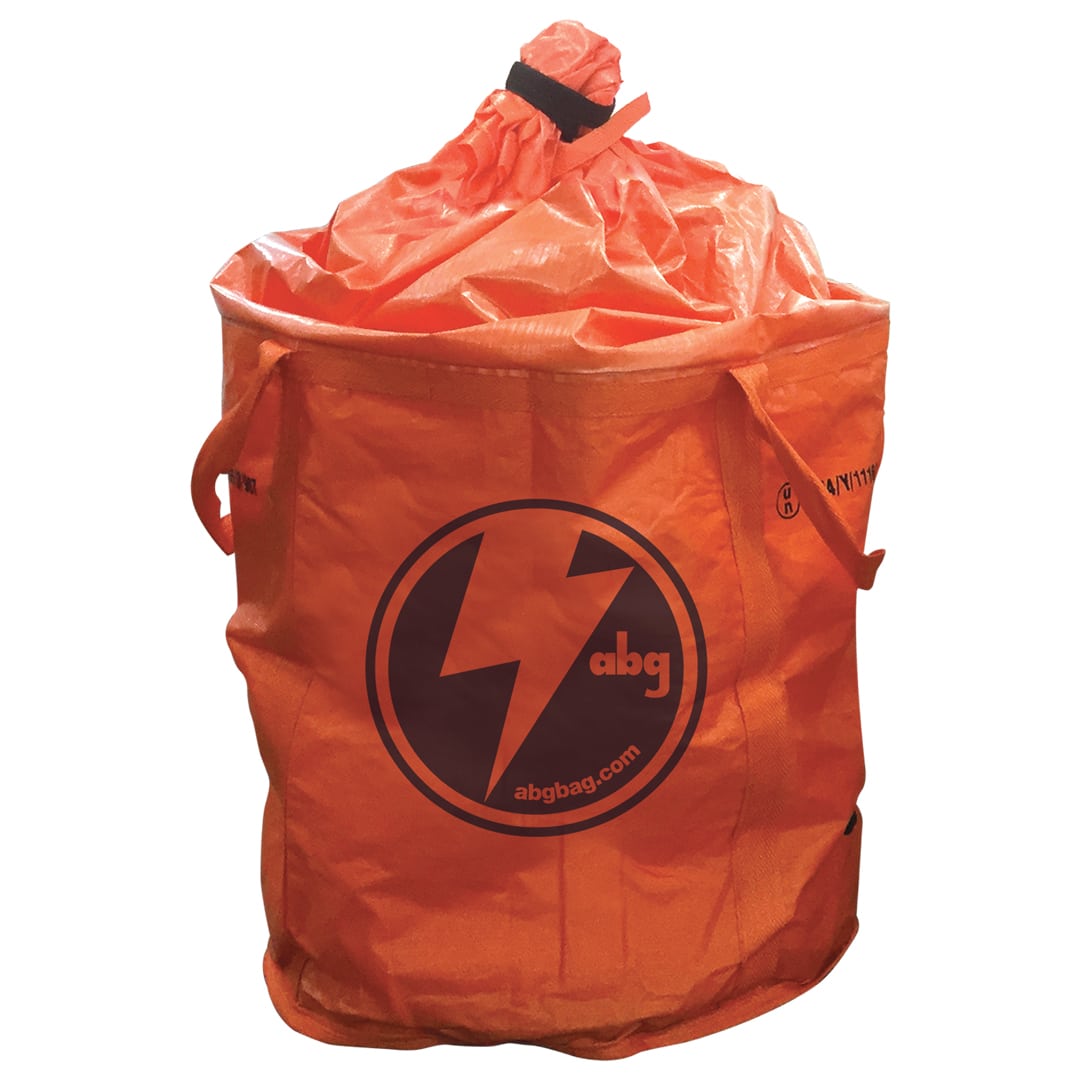
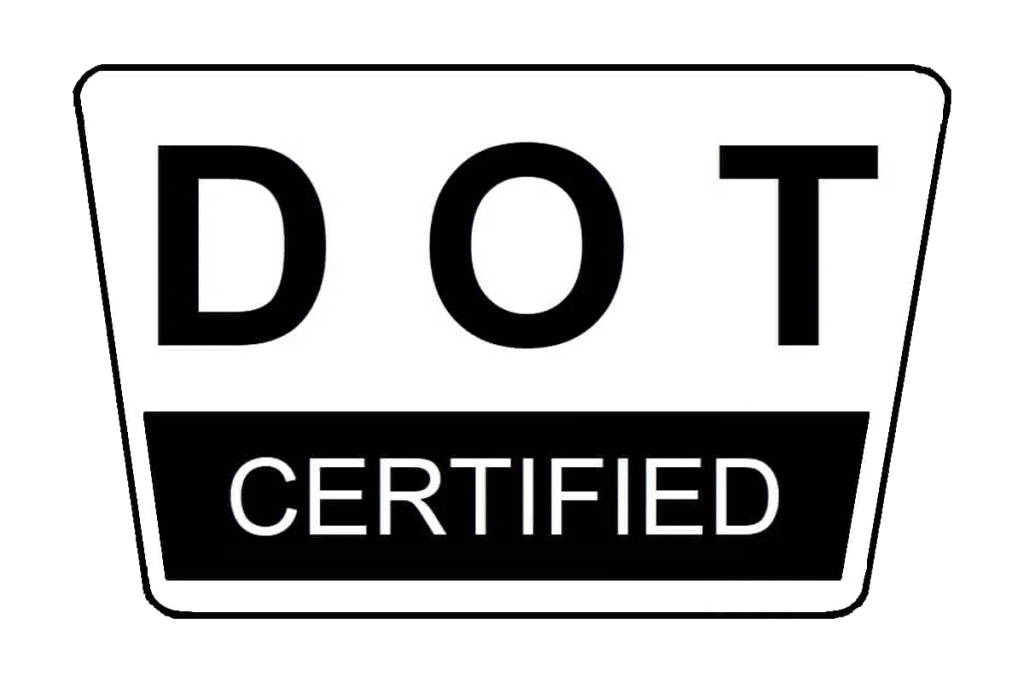
Neglecting to use transformer containment bags during handling or transport exposes you to multiple risks—environmental, financial, regulatory, and reputational. By prioritizing containment, you ensure a cleaner, safer, and more efficient operation that aligns with today’s environmental and industry standards.
If you’re uncertain about which bag type you need or how to implement them into your workflow, the experts at ABG Bag Inc. are ready to help. Call 800-758-8079 to learn more about containment solutions tailored to your transformer transport and spill prevention needs.
Do You Have Questions?
For inquiries about our products, order status, or any other information related to ABG Bag Inc., send us a message, and we will respond soon.
Sales & Customer Care
Product Questions


